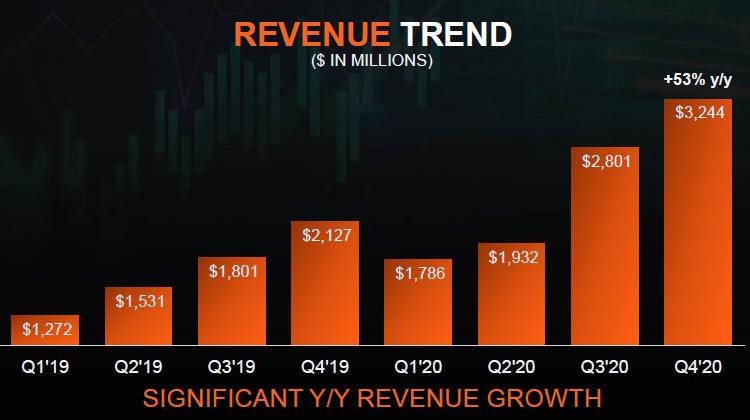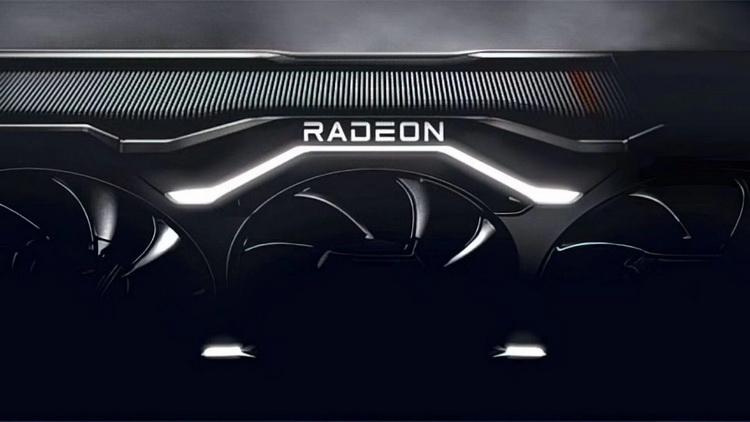
AMD's annual report on Form 10-K appeared on the company's website only towards the end of the working week and provided additional information on the issuer's performance in 2020. While in previous years AMD's revenue was often driven upwards by an increase in average component sales prices, last year it was the number of products shipped that increased by 37 % in the customer area.
Image source: AMD
The report states AMD saw a 37 % increase in net sales in the segment of computing and graphics products to $6.4 billion. The amount of consumer-class CPUs and GPUs shipped increased by the same 37%, while their average selling price went up by only 2 %. GPUs had a negative impact, as their average selling price even went down due to a generational shift, offset by an increase in the average price of a CPU. Customers began to buy more expensive Ryzen models. It must be said that previous years did not have such a dynamic. In 2019, for example, a 14 % increase in net sales was accompanied by a 22 % increase in the average selling price, while the quantities of deliveries increased by only 4 %. Graphics were spoiling AMD's reporting even then, but Ryzen CPUs were rapidly increasing their average selling price. In 2018, the division's net revenue grew by 39 %, while product shipments grew by 17 % and the average selling price increased by 15 %. AMD attributed both factors to an increase in Ryzen processor shipments and its average price. It turns out that in 2020 the popularity of AMD consumer-class processors continued its growth, but the average selling price increased insignificantly. Some analysts were disappointed with AMD's profitability trend, as revenue grew at a faster pace, but no proportional change in profit margins was seen. This is partly due to the expansion of components for gaming consoles, which are not as profitable in production, the pandemic causing unforeseen costs also contributed.


0 Comments